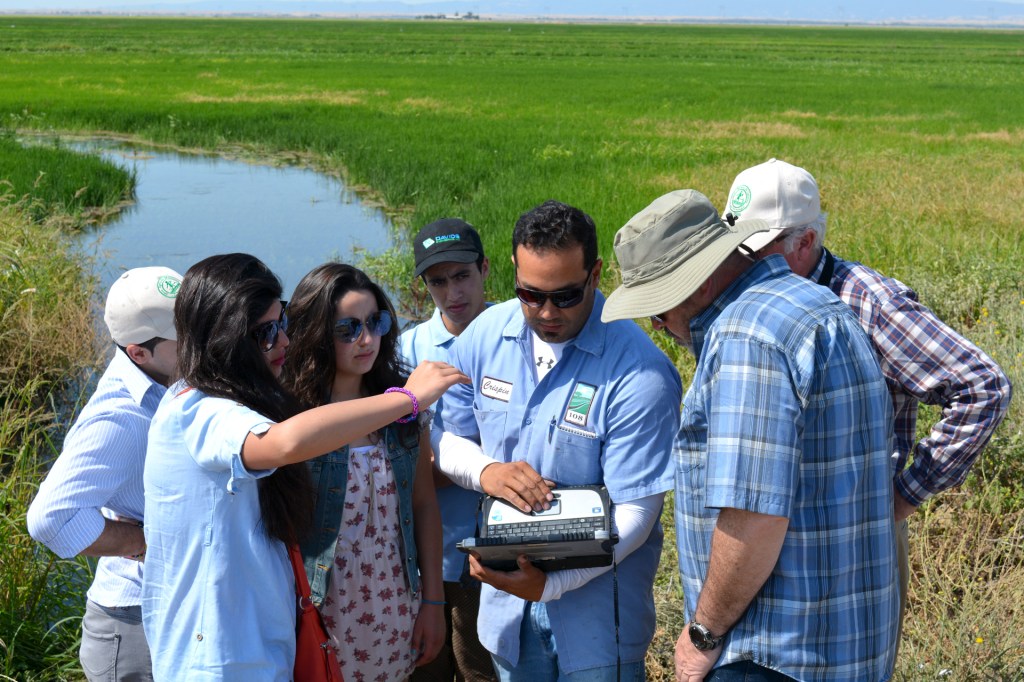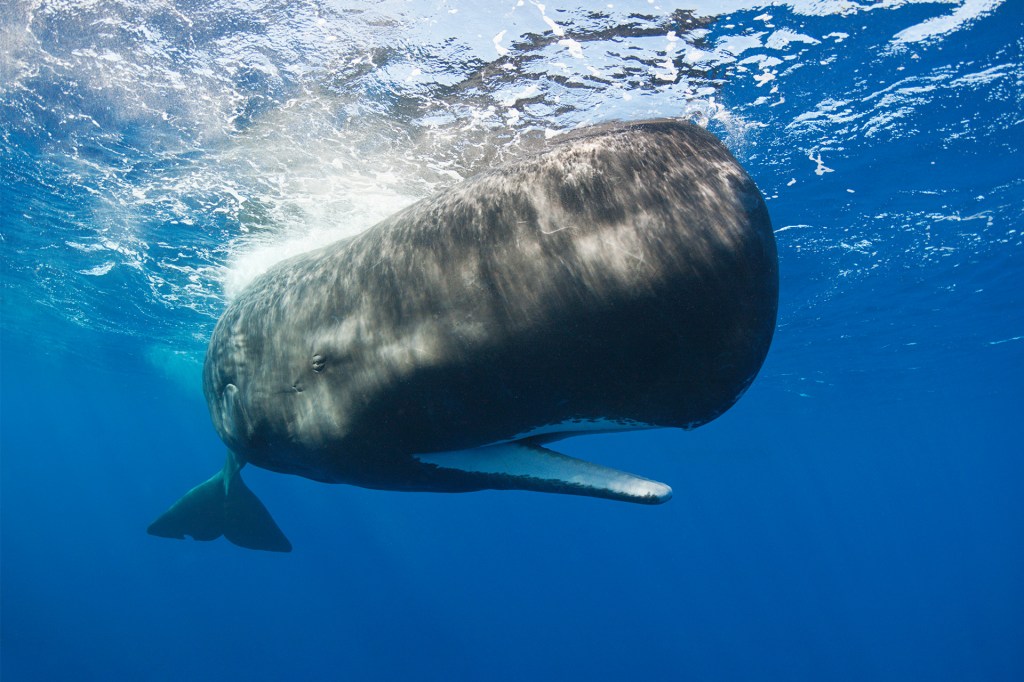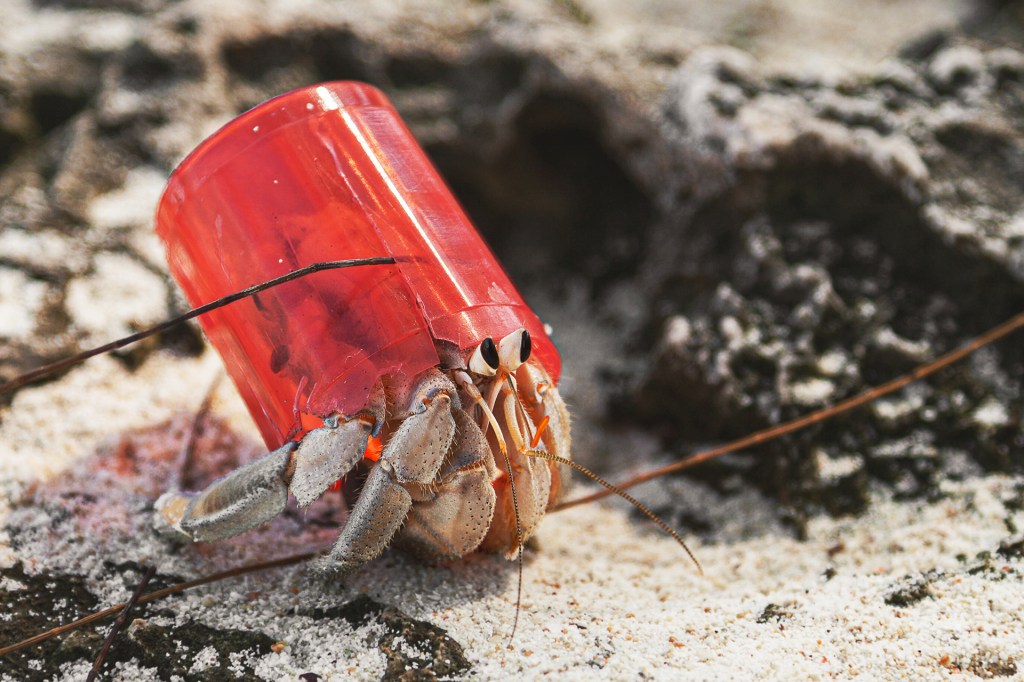Diving In
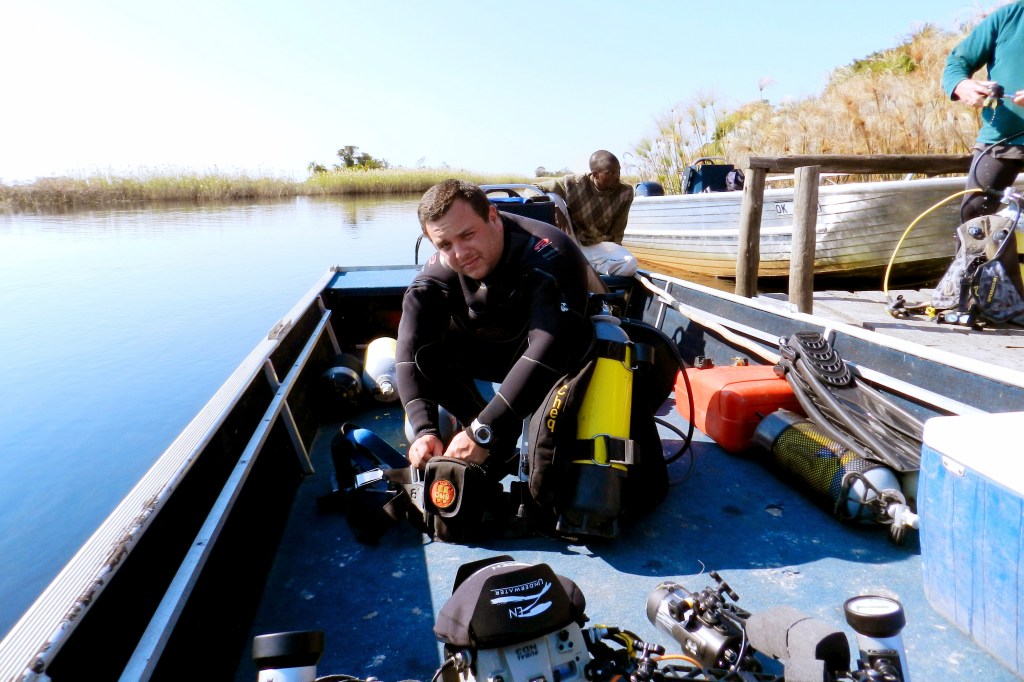
Growing up near a beach in Rio de Janeiro, Brazil, Daniel Botelho felt pulled by the sea. As a boy, he loved underwater diving. He also loved taking pictures of turtles. Twelve years ago, Botelho combined these two passions as an underwater photographer. Now he goes on expeditions all over the world and photographs marine life for different publications. What gives him the courage to dive into sometimes-dangerous waters? “I want to show the world all kinds of beautiful fish and animals, ” Botelho told TIME for Kids. He hopes his work inspires kids to learn more about the ocean. Here, Botelho comments on five of his photographs.
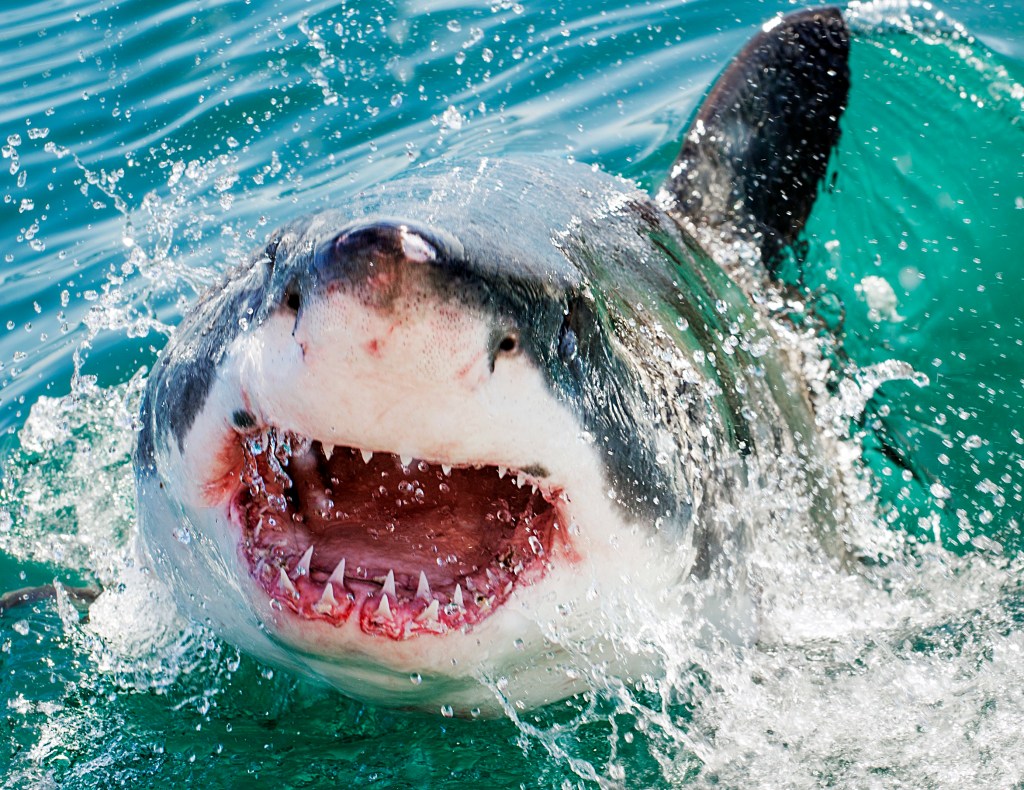
Date: August 2015 • Location: Gansbaai, South Africa • Species: Great white shark
DANIEL BOTELHO—BARCROFT MEDIA/GETTY IMAGESCLOSE ENCOUNTER Botelho usually enjoys diving into the ocean and swimming freely with great white sharks. But on this outing, he took photos from the boat instead. “I observed that they were on the hunt that day,” he says. “I needed to respect the sharks’ comfort zone.”
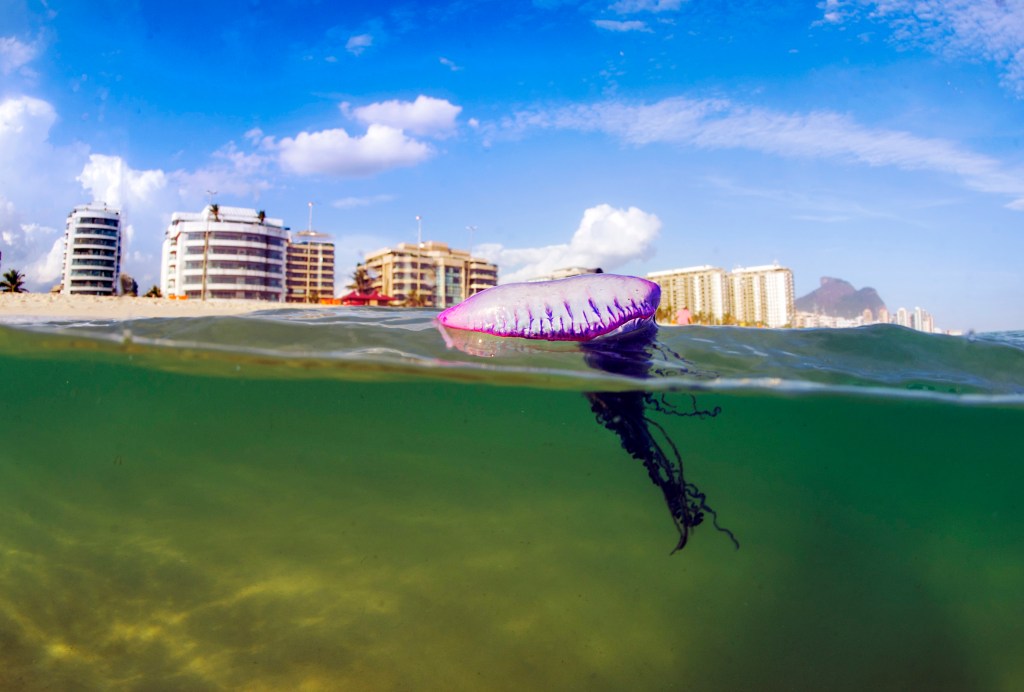
Date: July 2016 • Location: Rio de Janeiro, Brazil • Species: Portuguese man-of-war
DANIEL BOTELHO—BARCROFT MEDIA/GETTY IMAGESRISKY BUSINESS When Botelho spotted this Portuguese man-of-war in the waters near his home, he ran to grab his camera. But he forgot one thing: gloves. The creature stung his hand. “I was so happy to take the photo,” he says, “I didn’t really care that I got stung.”
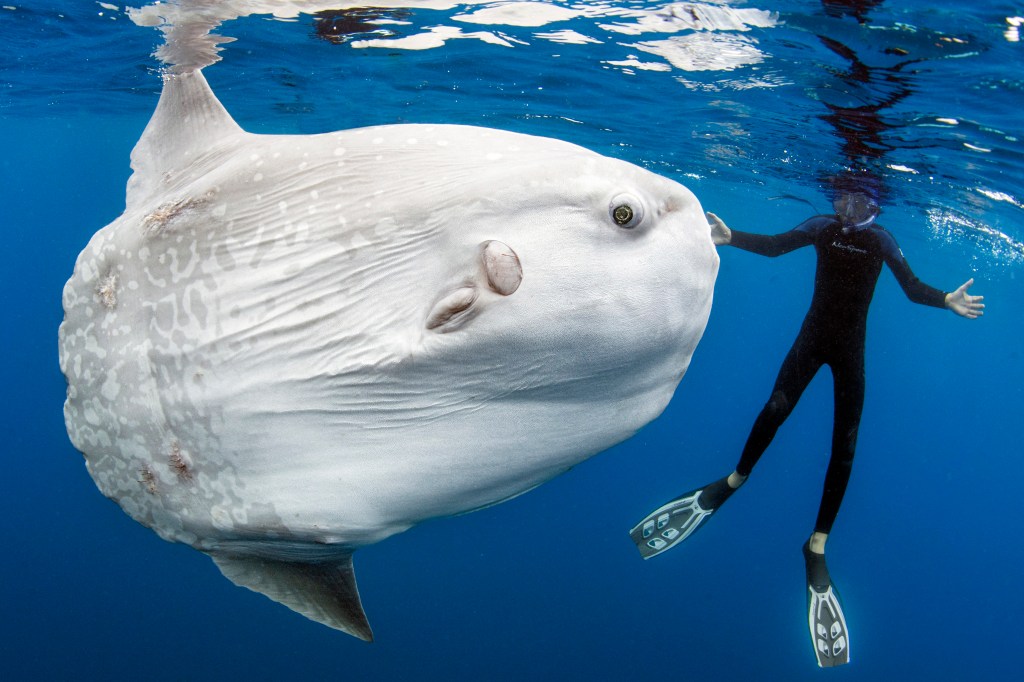
Date: June 2010 • Location: San Diego, California • Species: Ocean sunfish
DANIEL BOTELHO—BARCROFT MEDIA/GETTY IMAGESSEA FUN The ocean sunfish is a rare sighting. It spends most of its time in deep waters and is one of the heaviest bony fishes in the world. It’s also shy, so Botelho was surprised when one followed him for an hour. “It was one of the best interactions of my life,” he says.
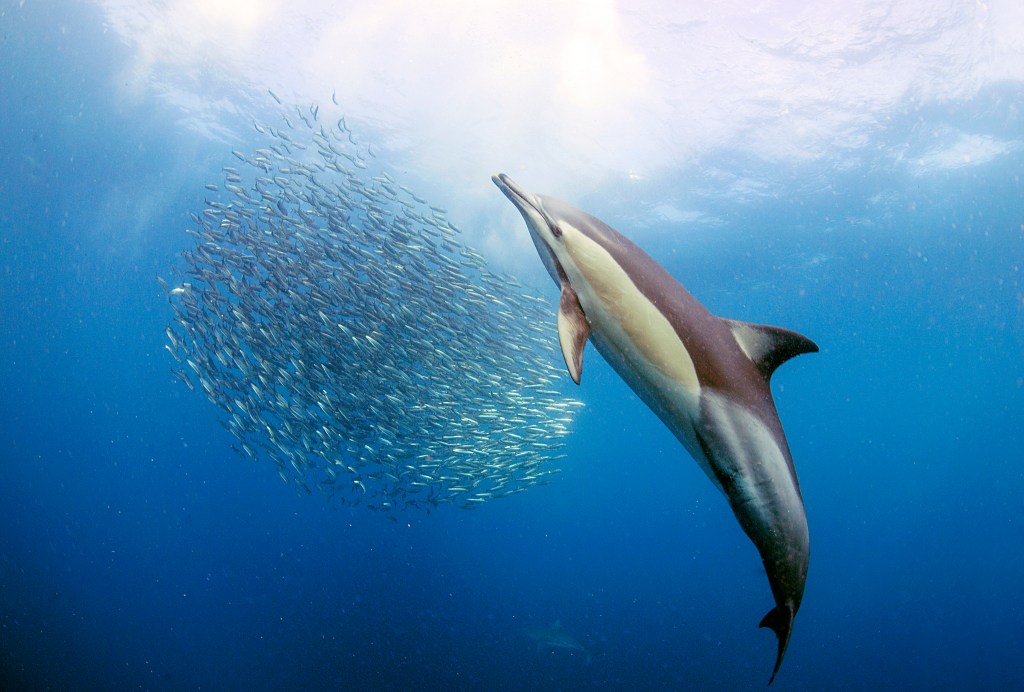
Date: June 2015 • Location: Mdumbi, South Africa • Species: Common dolphin
DANIEL BOTELHO—BARCROFT MEDIA/GETTY IMAGESGONE FISHING Sardines gather in what is called a “bait ball.” Doing so forms a swirling mass that protects as many fish as possible. But a dolphin can release bubbles from its blowhole. The bubbles create a net that traps the sardines. “It was amazing to see,” Botelho says.
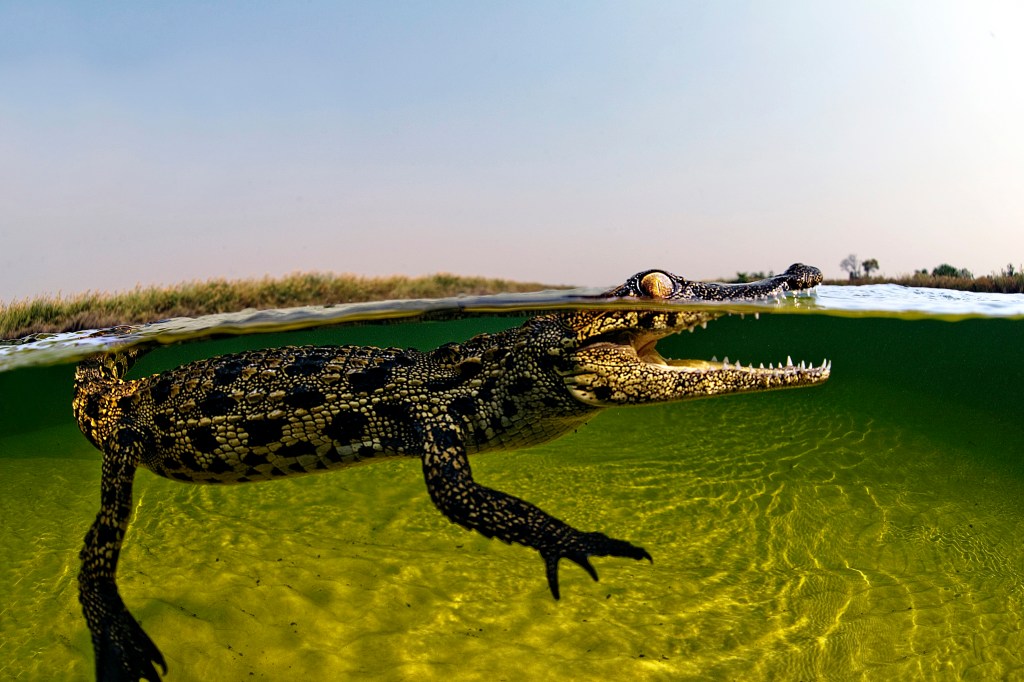
Date: July 2011 • Location: Okavango Delta, Botswana • Species: Crocodile
DANIEL BOTELHO—BARCROFT MEDIA/GETTY IMAGESBABY CROC Botelho says that the Okavango River Delta is a dangerous place. Spotting a baby crocodile often means that its many predators, including larger crocs, are lurking nearby. “Watching the baby crocodile catch a breath gave me a sense of how tough its life is,” he says.






